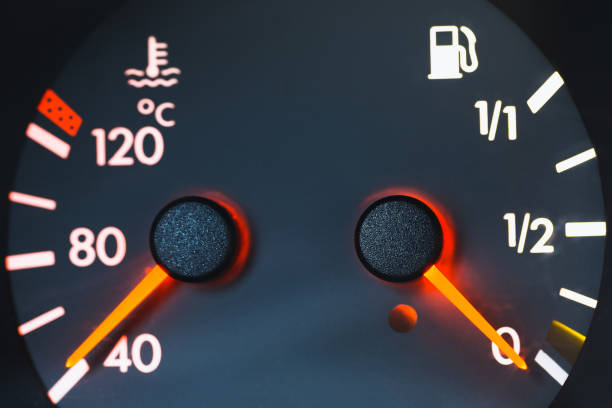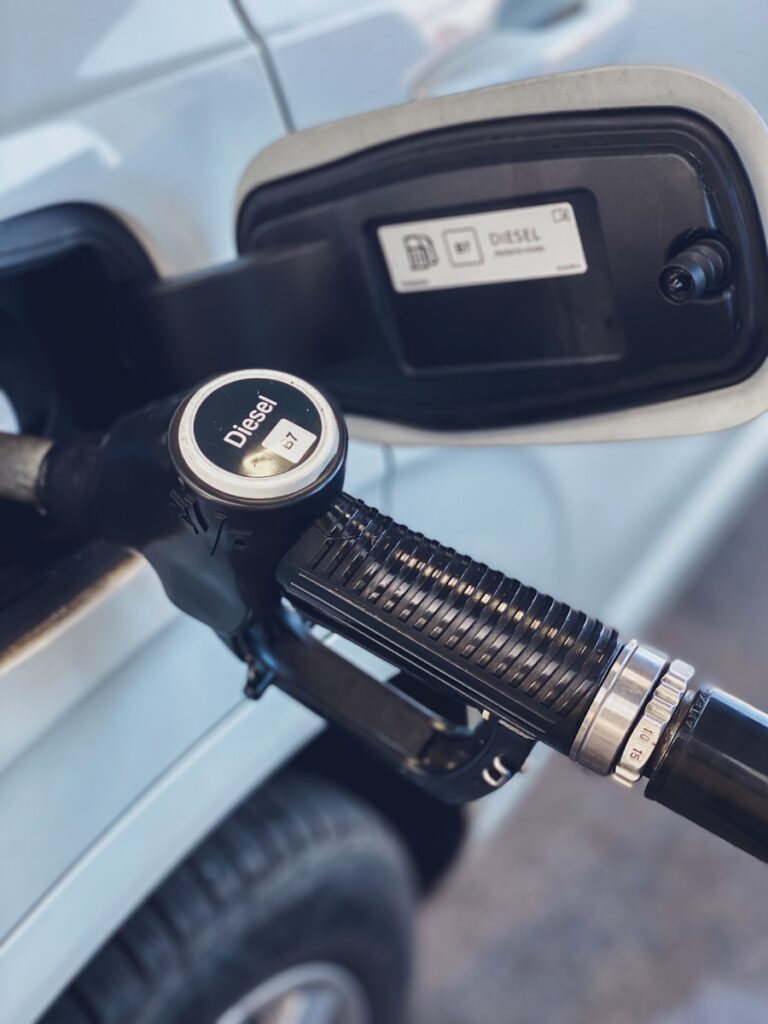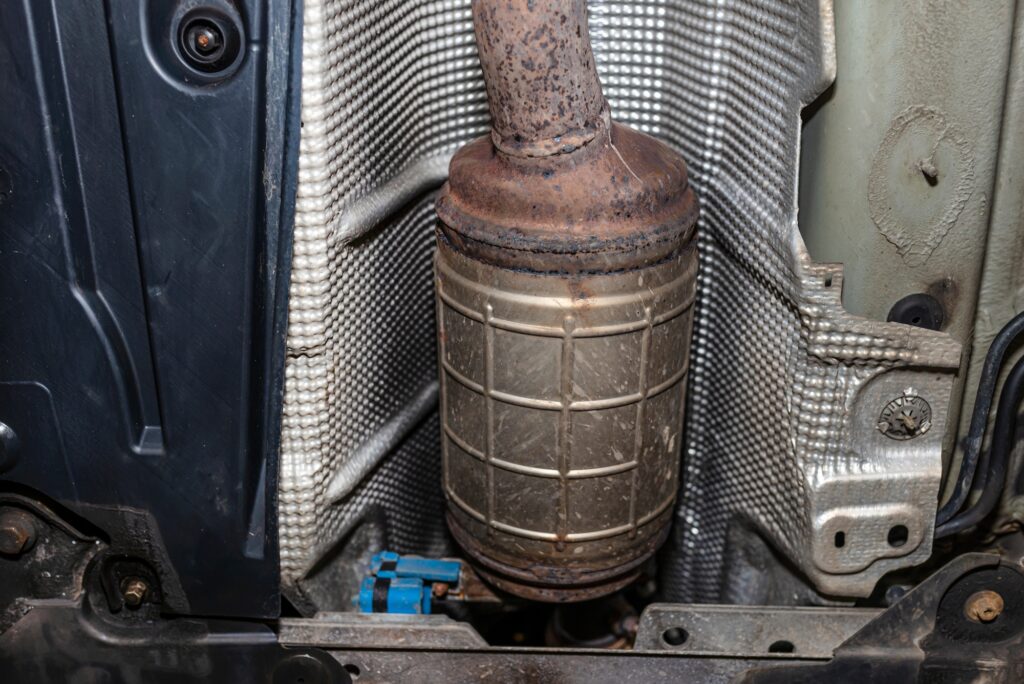Diesel Particulate Filters have long been favored for their efficiency and durability. However, they have also been criticized for their emissions, particularly of particulate matter (PM), which poses significant health and environmental risks. Diesel Particulate Filters (DPFs) have emerged as a crucial technology to mitigate these emissions. This article delves into everything you need to know about DPFs, from their function and importance to maintenance and common issues.
Introduction to Diesel Particulate Filters
What is a Diesel Particulate Filter?
A Diesel Particulate Filter (DPF) is a device designed to remove diesel particulate matter or soot from the exhaust gas of a diesel engine. DPFs are a type of diesel exhaust after-treatment, and they have become standard in many modern diesel engines to comply with stringent emissions regulations.
History and Development
The development of DPFs can be traced back to the growing awareness of air pollution and its impact on health and the environment. Regulatory bodies around the world have enforced limits on emissions, prompting the automotive industry to develop technologies like DPFs to meet these standards. The first DPFs appeared in the 1980s, but widespread adoption began in the 2000s as regulations became more stringent.
How Diesel Particulate Filters Work
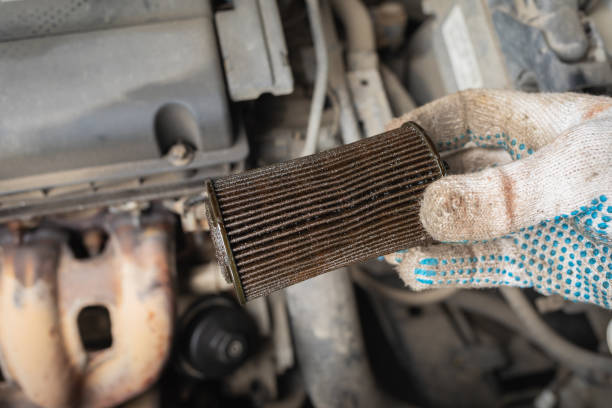
Basic Function
DPFs operate by trapping soot particles in a filter made of a ceramic material, usually cordierite or silicon carbide. The filter has a honeycomb structure with numerous tiny channels that capture and store the particulate matter. As exhaust gases pass through the filter, soot particles are trapped, while the cleaned gases continue to the exhaust pipe.
Regeneration Process
To prevent the DPF from becoming clogged with soot, it must undergo a regeneration process to burn off the accumulated particulate matter. There are two main types of regeneration: passive and active.
- Passive Regeneration: This occurs naturally when the exhaust temperature is high enough, typically during highway driving. The high temperature burns off the soot, converting it to carbon dioxide.
- Active Regeneration: Initiated by the engine control unit (ECU) when the DPF needs cleaning, but the exhaust temperature is not high enough. The ECU injects additional fuel into the exhaust stream to increase the temperature and burn off the soot.
Types of DPFs
There are different types of DPFs based on their design and regeneration methods:
- Wall-Flow Filters: The most common type, where the exhaust gases are forced through porous walls that trap the soot.
- Partial Filters: Capture only a portion of the particulate matter, used in applications where wall-flow filters might not be suitable.
- Catalyzed DPFs: Coated with a catalyst to lower the temperature required for regeneration, making passive regeneration more efficient.
Importance of DPFs
Environmental Impact
DPFs play a significant role in reducing harmful emissions from diesel engines. By capturing and burning off soot, they help to lower the levels of particulate matter released into the atmosphere. This contributes to cleaner air and a reduction in health issues related to air pollution, such as respiratory and cardiovascular diseases.
Regulatory Compliance
Stringent emissions standards, such as the Euro 6 regulations in Europe and Tier 4 standards in the United States, require diesel engines to have effective particulate matter controls. DPFs are essential for meeting these regulations, enabling manufacturers to produce compliant vehicles.
Maintenance and Care for DPFs
Regular Driving Conditions
Under normal driving conditions, DPFs require minimal maintenance as they are designed to regenerate automatically. However, frequent short trips and urban driving can prevent the exhaust from reaching the necessary temperatures for passive regeneration, leading to soot buildup.
Manual Regeneration
In cases where automatic regeneration is insufficient, manual regeneration might be necessary. This process involves taking the vehicle on a long drive at highway speeds to raise the exhaust temperature and allow the DPF to regenerate. Some vehicles also have a manual regeneration button that can be activated while parked.
Professional Cleaning
Over time, DPFs can become clogged with ash, a byproduct of soot that cannot be burned off. Professional cleaning can restore the filter’s efficiency. This involves removing the DPF and using specialized equipment to clean it. It is recommended to have the DPF professionally cleaned every 100,000 to 150,000 miles, depending on the vehicle and driving conditions.
Common Issues and Solutions
DPF Blockage
A common issue with DPFs is blockage, often caused by short trips and city driving. Symptoms include reduced engine performance, increased fuel consumption, and warning lights on the dashboard. Regular highway driving and manual regeneration can help prevent blockages.
Sensor Failures
DPFs rely on various sensors to monitor their performance, including temperature and pressure sensors. These sensors can fail, leading to incorrect readings and regeneration issues. Regular maintenance and timely replacement of faulty sensors are crucial to ensure the DPF functions correctly.
DPF Replacement
In some cases, the DPF may become too clogged or damaged to be cleaned effectively and will need to be replaced. This is typically more expensive than cleaning but may be necessary to maintain the vehicle’s performance and compliance with emissions regulations.
Future of DPF Technology
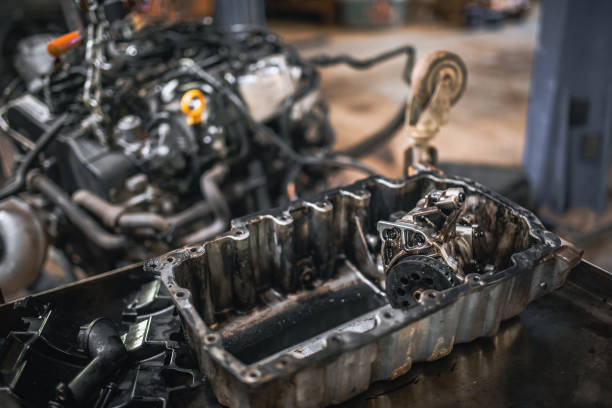
Advancements in Materials
Ongoing research aims to develop new materials that can enhance the efficiency and durability of DPFs. Advanced ceramics and coatings are being explored to reduce the frequency of regeneration and increase the filter’s lifespan.
Integration with Other Technologies
Future DPFs may be integrated with other emissions control technologies, such as Selective Catalytic Reduction (SCR) and Diesel Oxidation Catalysts (DOC), to provide even greater reductions in emissions. This integration can create a more comprehensive solution for meeting stringent emissions standards.
Impact of Electric Vehicles
The rise of electric vehicles (EVs) poses a potential challenge to the future of DPF technology. As more consumers and manufacturers shift towards EVs, the demand for diesel engines and, consequently, DPFs may decline. However, for certain applications, such as heavy-duty trucks and industrial machinery, diesel engines are likely to remain essential, ensuring the continued relevance of DPFs.
Conclusion
Diesel Particulate Filters are vital components in reducing harmful emissions from diesel engines. They help protect the environment and public health by capturing and burning off soot particles. Proper maintenance and understanding of how DPFs work can extend their lifespan and ensure their effectiveness. As technology advances, DPFs will continue to evolve, which is crucial in meeting future emissions standards and promoting cleaner air.










